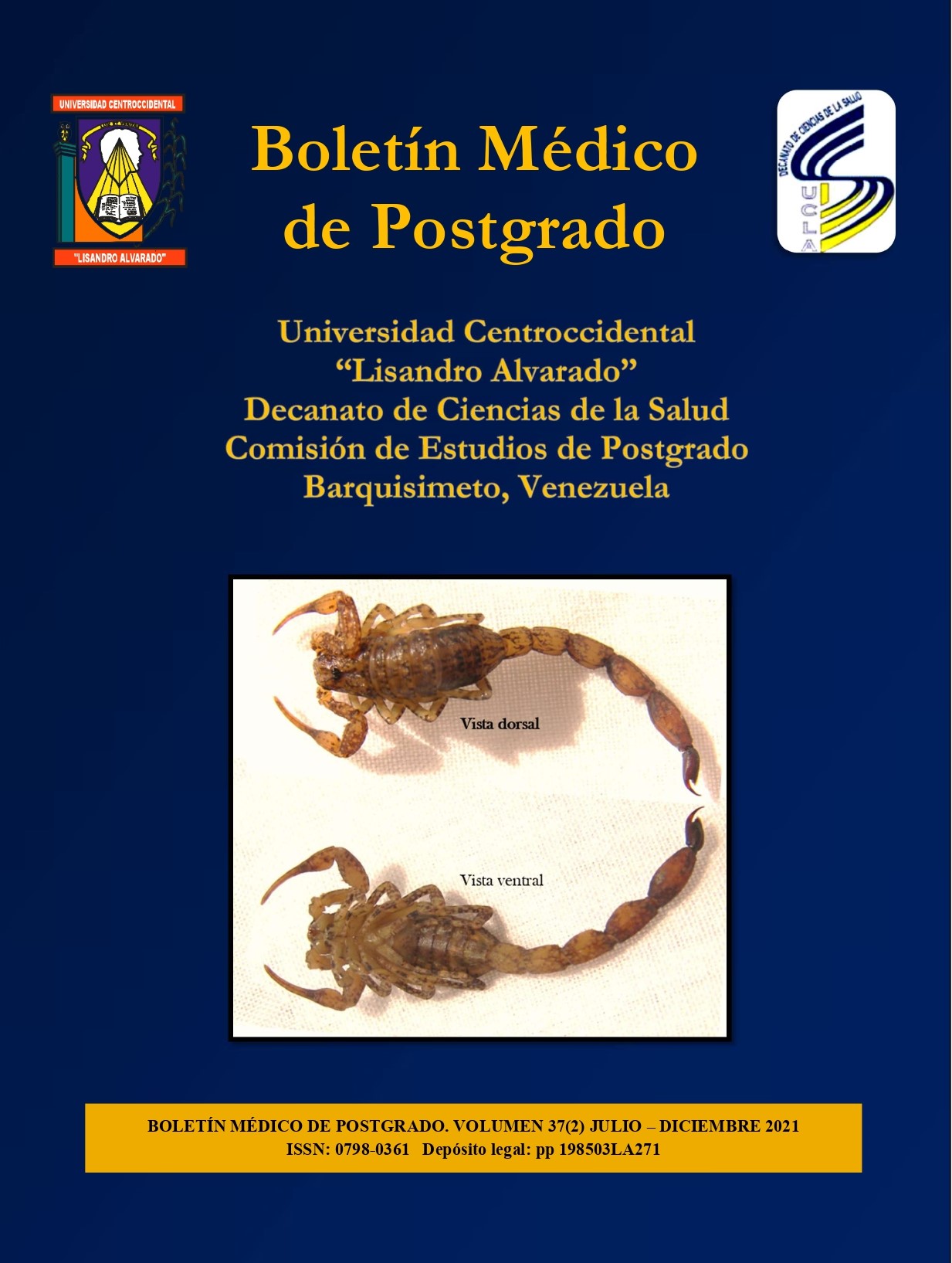Woman, hypertension and childbearing age: the role of androgens in this complex problem
Keywords:
women, hypertension, androgens, fertile period, prevalenceAbstract
Hypertension is the result of a complex interplay of environmental and pathophysiological factors that affect multiple physiological systems, being genetic predisposition and sexual differences some of the fundamental determinants of blood pressure control. Hypertension in woman of childbearing age represents a challenge due to its high prevalence, complex mechanism, androgens participation and the presence of polycystic ovary syndrome in some clinical situations as a final way of this hormonal unbalance. The following review describes the physiopathological mechanisms involved in the development of hypertension in women of child bearing age.
Downloads
References
Zimmerman M, Sullivan J. Hypertension: What´s Sex Got to do With it? Physiol 2013; 28: 234-244.
Ahmad. A, Oparil S. Hypertension in Woman. Recent Advances and Lingering Questions. Hypertension 2017; 70: 19-26.
Bateman B, Shaw K, Kuklina E, Callaghan W, Seely E, Hernández-Díaz S. Hypertension in Women of Reproductive Age in the United States: NHANES 1999–2008. PLoS ONE 2012; 7(4): e36171.
Moodley J. Potentially increasing of hypertension in woman of childbearing age during pregnancy–be prepared! Cardiovasc J Afr 2011; 22(6): 330-334.
Yoder S, Thornburg L, Bisognano J. Hypertension in Pregnancy and Women of Childbearing Age. Am J Med 2009; 122: 890–895.
Téllez-Méndez R, González Y, Salcedo M. Hypertension in women of childbearing age. J hypertens 2015; 33(1): e350.
Oparil S, Acelajado M, Bakris G, Berlowith D, Cífková R, Dominiczak A, et al. Hypertension. Nat Rev Dis Primers 2018; 4:18014.
Denton K, Hilliard L, Tare M. Sex–Related Differences in Hypertension. Hypertension 2013; 62: 674 – 677.
Paradisi G, Steinburg H, Hempfling A, Cronin J, Hook G, Shepard M, et al. Polycystic Ovary Syndrome is Associated With Endothelial Disfunction. Circulation 2001: 103:1410-1415.
McCartney C, Marshall. J. Polycystic Ovary Syndrome. NEJM 2016; 375: 54-64.
Carmina E. Cardiovascular risk and events in polycystic ovary syndrome. Climateric 2009; 12(1):22 – 25.
Joham A, Boyle J, Zoungas S, Teede H. Hypertension in Reproductive – Age women with Polycystic Ovary Syndrome and Association with Obesity. Am J Hypertens 2015; 28(7): 847-851.
Reckelhoff J. Polycystic Ovary Syndrome. Androgens and Hypertension 2007; 49:1220–1221.
Pierpont T, McKeigue P. Long–term consequences of polycystic ovary syndrome: results of a 31 years follow-up study. Hum Fertil 2003: 101 – 105.
Diamanti–Kandarakis E, Spina G, Kouli C, Migdalis I. Increase of endothelin – 1 levels in women with polycystic ovary syndrome and the beneficial effect of metformin treatment. J Clin Endocrin Metab 2001; 86: 4666 – 4673.
Published
How to Cite
Issue
Section

This work is licensed under a Creative Commons Attribution-NonCommercial-ShareAlike 4.0 International License.
Las opiniones expresadas por los autores no necesariamente reflejan la postura del editor de la publicación ni de la UCLA. Se autoriza la reproducción total o parcial de los textos aquí publicados, siempre y cuando se cite la fuente completa y la dirección electrónica de esta revista. Los autores(as) tienen el derecho de utilizar sus artículos para cualquier propósito siempre y cuando se realice sin fines de lucro. Los autores(as) pueden publicar en internet o cualquier otro medio la versión final aprobada de su trabajo, luego que esta ha sido publicada en esta revista.



